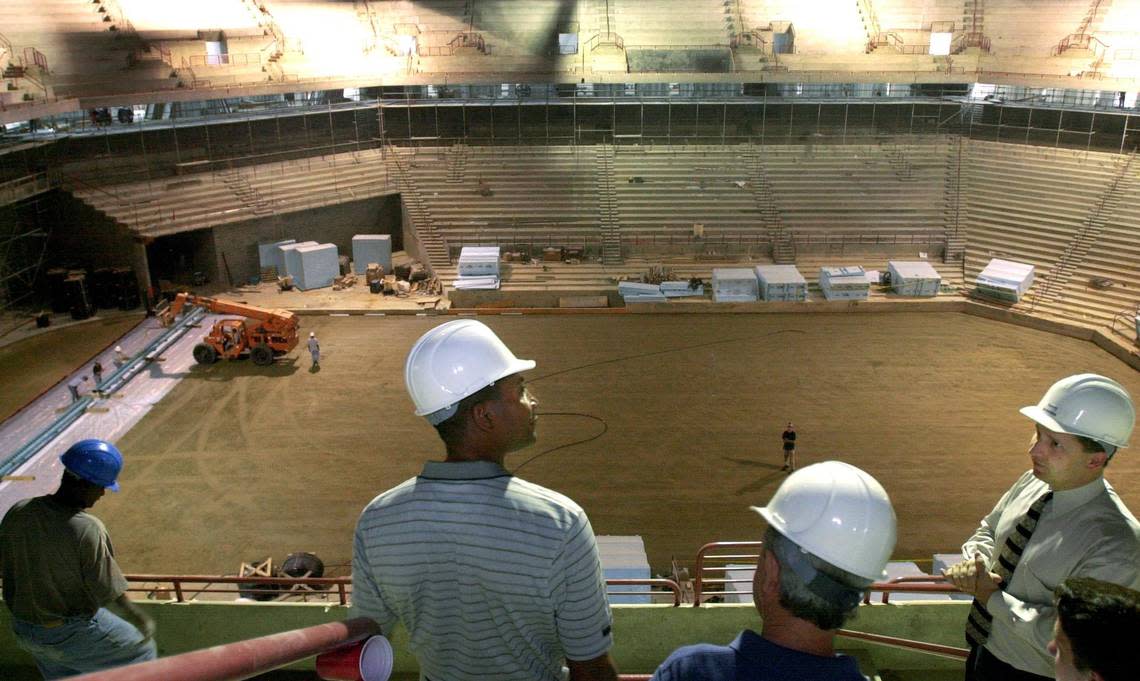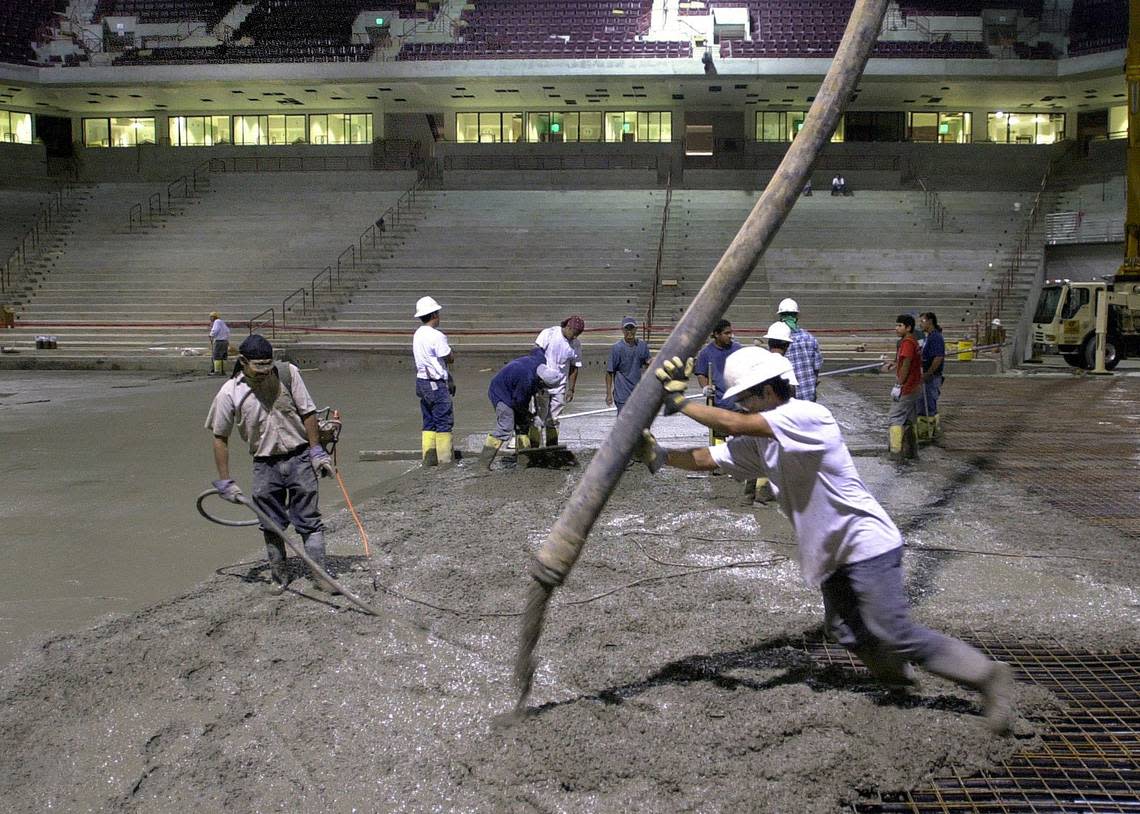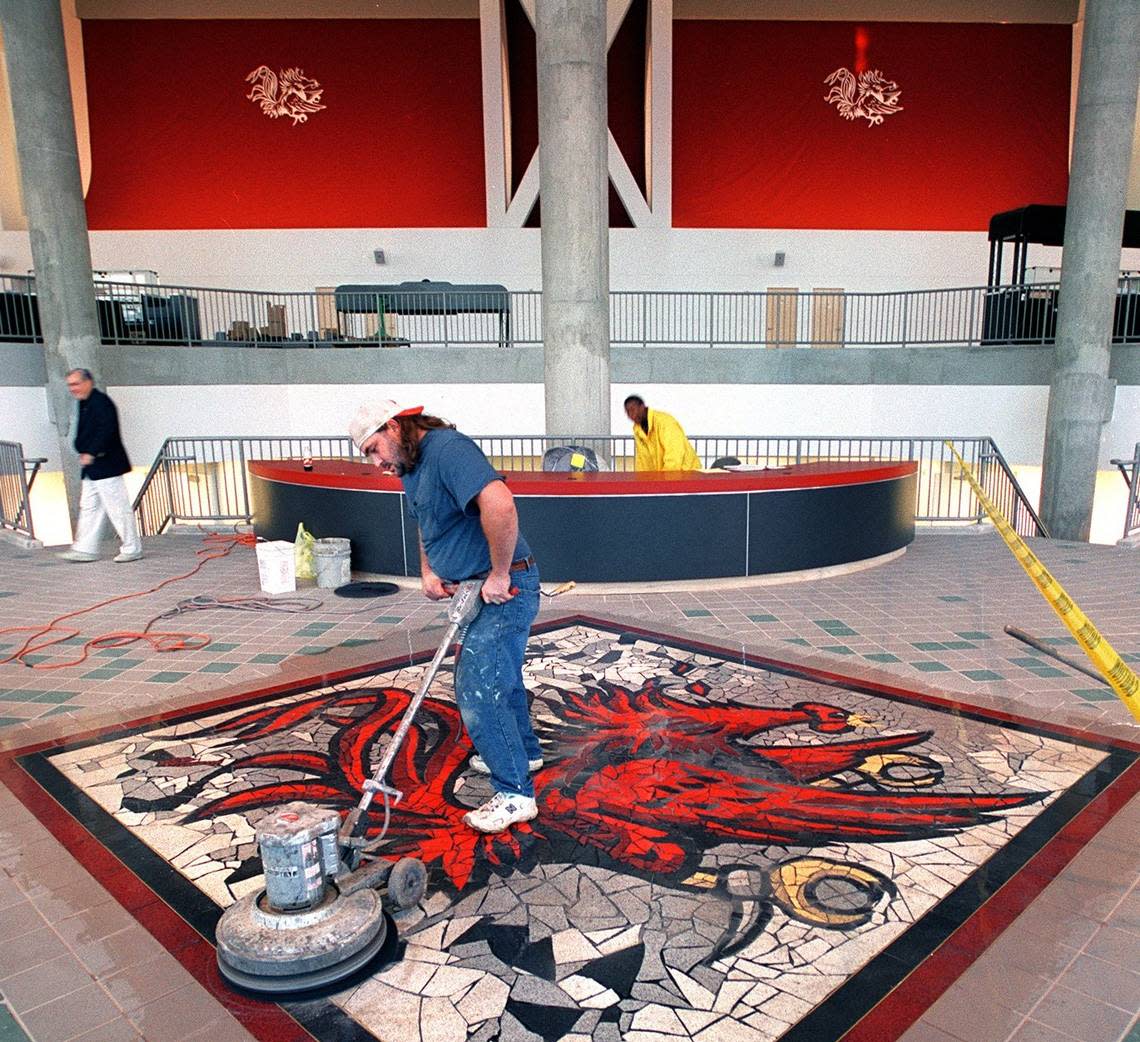20 years later, Colonial Life Arena still ‘something special’ for USC basketball
A crowd of Gamecock fans watched as the South Carolina women’s basketball team’s 2022 national championship banner was slowly unfurled inside Colonial Life Arena.
They cheered ahead of the squad’s season opener Nov. 7 as confetti fell from above and the lights flashed every color of the rainbow as the team’s “FAMs” celebrated the second national title in program history. Each player and coach from last year’s team received their championship rings.
Thunderous applause then ensued as players in the starting lineup ran out of the tunnel, with flares jetting out near the end of USC’s bench and each starter’s name circling on the arena’s ribbon boards. That energy didn’t dissipate throughout the game.
But amid the jubilation and celebration for winning another national championship — and South Carolina’s 101-31 opening victory over East Tennessee State — another milestone was reached that day.
Colonial Life Arena opened in November 2002 and reached the 20-year-old mark this season, still standing as the house for USC basketball and as the Columbia area’s top venue for concerts and shows. It replaced the Carolina Coliseum as the Gamecocks’ home to provide a larger, more modern venue for the games.
The 18,000-seat stadium did just that, attracting large crowds on gamedays and show nights. Along with the increased size, though, comes the challenge of finding ways to keep it full.
Still, a space once occupied by old warehouses and parking lots in downtown Columbia turned into a landmark destination that’s hosted musical legends, Hall of Fame coaches and future NBA and WNBA players.
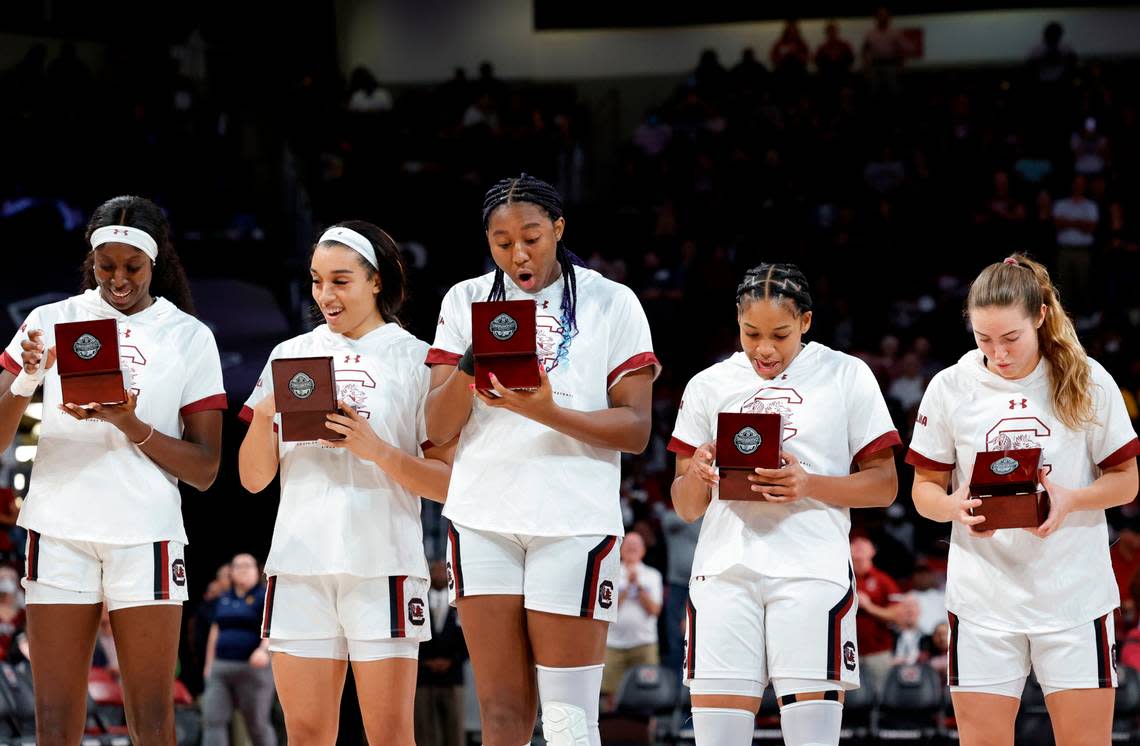
Why a switch was made
Lexie Boone began interning with South Carolina’s athletic department in 2002 and is now the senior assistant general manager of Colonial Life Arena. As an intern, he worked out of the department’s former building known as the Roundhouse that overlooked Rosewood Drive.
He recalls being part of an early promotion for a spring motocross event. Mike McGee, USC’s athletic director at the time, summoned Boone from his desk to shoot a commercial for the show.
“You’re coming with me. Put this on,” Boone recalled McGee saying as he handed over a motocross jersey.
Boone remembers that some structure being built for the new Gamecocks arena, but it was mostly an unfinished product.
“I’m sitting there with freshly ironed khakis, with the pleat going down, and penny loafers and a button-up shirt with a motocross jersey on top and a helmet,” Boone said. “And they just recorded me revving the engine and doing that kind of stuff.”
Colonial Life Arena first opened as the Carolina Center in 2002 — with a price tag of $64 million. The inaugural public event there was a women’s basketball game between South Carolina and Clemson in which the Gamecocks won 72-58 in front of an announced crowd of 17,712. The building’s name was changed to the Colonial Center in 2003.
USC before that played its home games inside the nearby Carolina Coliseum, which opened in 1968. The predecessor seated 12,401 and is still used as a practice facility for both basketball teams.
Sid Kenyon — today the general manager for Colonial Life Arena — was present for the move from the Coliseum and helped some with the transition to the new venue.
The new arena was built to add amenities and accommodate more fans, Kenyon said. New technology such as the video boards were not present in the Coliseum. The new arena would also offer “premium spaces” that the Carolina Coliseum lacked, such as exclusive suites with catered food, televisions and private bathrooms.
Kenyon described himself as a purist who believes good basketball attracts crowds, but he attributes a lot of today’s features in Colonial Life Arena to the evolving expectations that fans have when attending a game.
“The Coliseum and those buildings during that era, the main attraction, or maybe the only attraction, was the actual game or event you were going to,” he said. “Whereas Colonial Life Arena and other buildings since then, it’s about the peripheral experiences that to go into that core experience.”
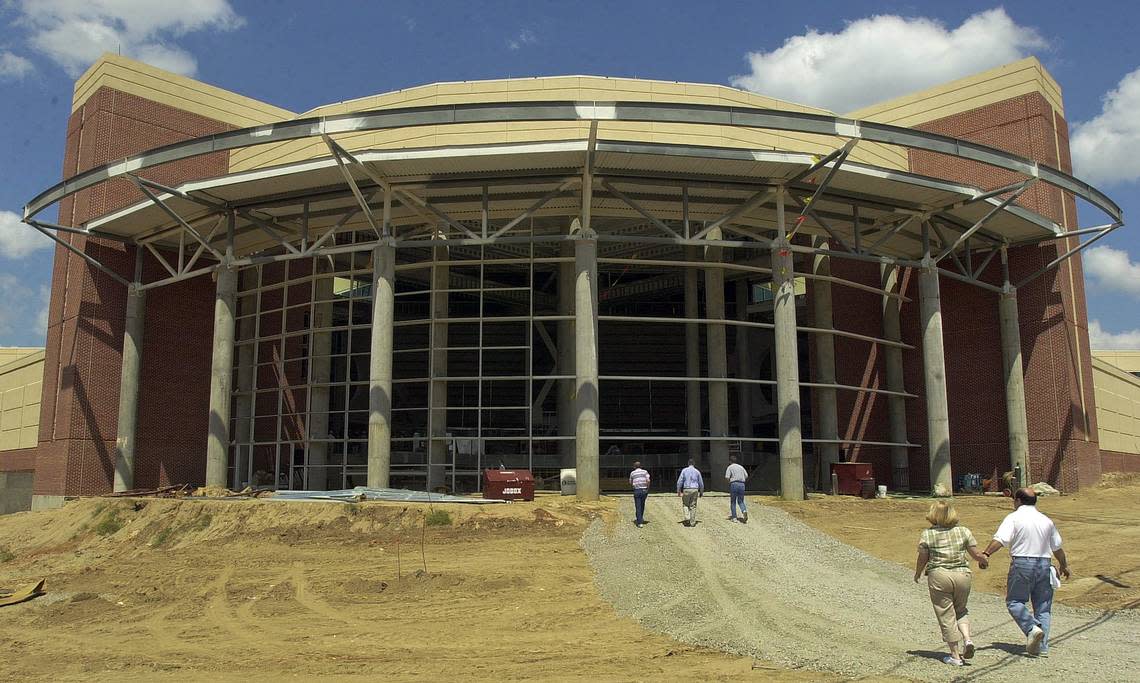
The beginning of ‘something special’
A few years after the arena’s opening, USC fans needed another incentive to come to games. A winning program served as the main draw.
The success of the women’s basketball program has reached national championship heights in recent years with head coach Dawn Staley at the helm. When Staley arrived in 2008, the name of the area had officially changed from the Colonial Center to Colonial Life Arena.
Colonial Life, a Columbia-based insurance company that operates in 49 states, signed a 10-year, $6.5 million deal with USC in 2015 to maintain its naming rights for the arena through September 2025, according to SportsPro Media.
The initial crowds were sparse, with an average attendance of fewer than 2,000 people for women’s basketball games.
“I could hear myself,” Staley said. “The acoustics, I could hear my voice bounce off every wall in CLA. But it was the beginning of something that turned into something special.”
South Carolina hadn’t won an SEC title in women’s basketball before the Staley era. The Gamecocks won the league for the first time in 2014 and won both the regular-season title and the SEC tournament championship the following year.
The women’s basketball team sold out a game for the first time in 2016 against UConn.
Joe O’Clair, the head of marketing and fan experience at CLA, recalls fans waving the large Fathead face cutouts in the crowd as UConn players attempted to shoot free throws. About 2,500 students attended the sold-out game, as he recalled.
The Huskies were the team to beat at the time and won their 11th championship in program history that season. They also won that February matchup in Columbia against the Gamecocks 66-54.
But that clash served as a turning point, as more USC students and supporters of the then-No. 2 Gamecocks saw what the team could become.
“We have to have a large student body, and the fact that students are buying into women’s basketball, that’s very good,” O’Clair said. “Not every school can say that.”
As the program continued to improve, the attendance followed suit.
Two national championships later, the USC women’s basketball team has led the nation in home game attendance seven times in a row (not counting the COVID-19 compromised 2020-21 season), according to the NCAA.
Buzz surrounded the program as it gained national acclaim. The birth of a powerhouse happened in an arena that was once nearly vacant for women’s basketball games.
“I never want to forget those days, because those days are when we got our first start,” Staley said. “Those days were with people who had visions of our program being something special. And there are people that have never missed a game. My entire career at South Carolina is for those people that really believed when there wasn’t a whole lot to believe in.”
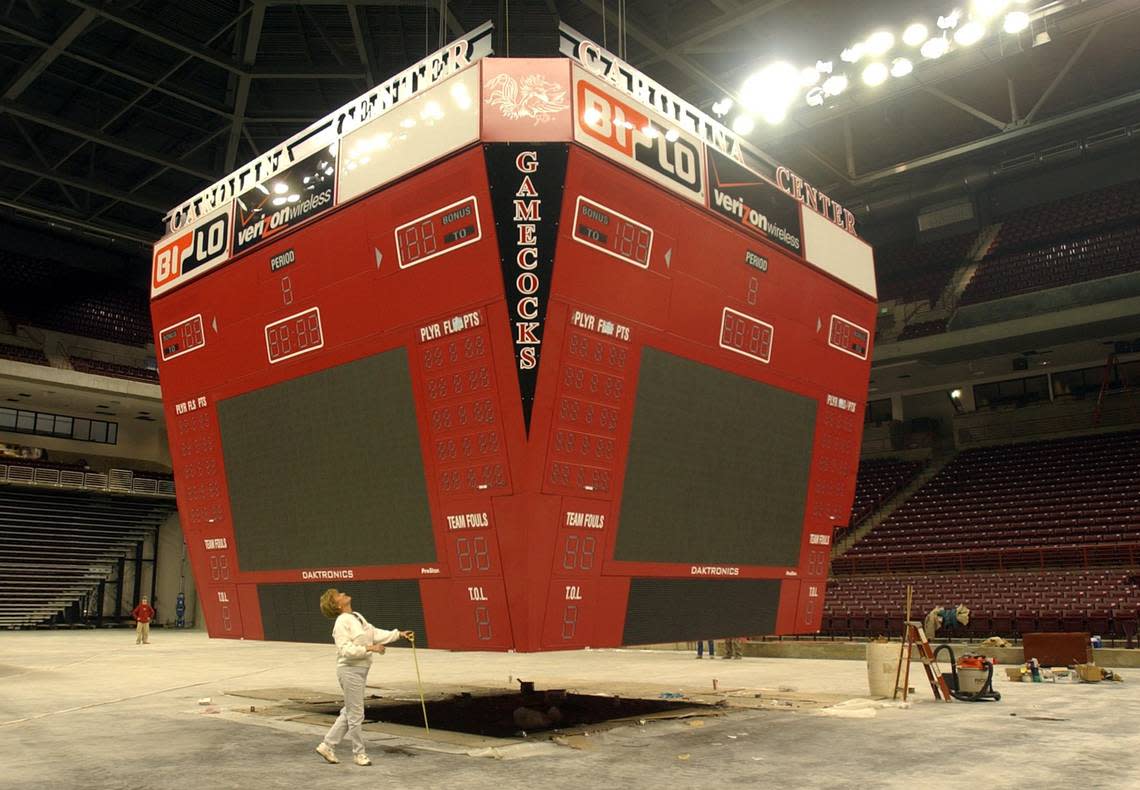
Trying to sell out an 18,000-seat arena
The capacity of the arena brings its own set of challenges.
Consider some of South Carolina’s SEC counterparts and their home venue capacities: Auburn (9,121), Florida (10,151), Georgia (10,523), LSU (13,215), Tennessee (21,678). The Kentucky women’s basketball team plays at the 8,500-seat Memorial Coliseum, while the men play inside Rupp Arena (20,500).
Alabama’s proposed new on-campus arena has a capacity of 10,136 — down from the 15,383 currently at the Tide’s 54-year-old Coleman Coliseum.
At Colonial Life Arena, which seats 18,000, there’s often a scarcity of patrons in the upper deck during basketball games. The lower level tends to fill in well and is the primary source of crowd noise.
Selling out a basketball game, though, can be tough, especially in modern times. Staley’s teams have had eight sellouts at CLA since the 2015-16 season — including the upcoming Feb. 12 showdown with LSU — and the men’s basketball team in that time has had seven.
“Season-ticket sales across the country are declining for most sports, and you’re having to kind of supplement that with students and single-game tickets,” O’Clair said. “Even with women’s basketball and men’s basketball, it’s hard to get to a sellout number. Because even when you get a sellout number, maybe not everyone shows up.”
Season ticket sales for the women’s basketball team dipped from 11,219 in 2017-18 to 9,037 in 2019-20. The number went back up to 10,265 last year after the COVID-19 restricted season. For the men, the number has gone up and down in that time frame, but last year’s 6,804 mark is the lowest it’s been since 2014.
Having ticket holders show up is its own issue.
This past season, the Feb. 20, 2022, home women’s basketball game against Tennessee was an announced sellout of 18,000, with 14,066 tickets scanned, according to data provided to The State via an open records request.
The scanned tickets data more accurately reflects actual attendance, known behind the scenes as an event’s “show rate.” In the 2021-22 college basketball season, the average number of scanned tickets for USC’s women’s games was 6,604, with men’s games averaging 4,504, leaving both programs with at least a few thousand season-ticket holders per game who did not attend.
Because of the arena’s size, O’Clair said it’s more difficult at CLA to make the large space feel intimate.
But there are ways to make the venue feel more full. O’Clair said the use of the LED lights, perched above the banners, can help “hide some things,” giving Colonial Life Arena a more lively feel.
Ensuring that the lower level stays full, especially for television optics, also helps.
“We want to make sure it also looks good on TV because that shows, ‘Hey, this place is packed out, it looks like a fun environment, I need to come to the game now, too,’ ” O’Clair said. “You have to play with the tools you have to make it good.”
Despite any difficulties filling up the arena, the energy is felt when the crowd is into the game.
Colonial Life Arena gets loud in the fourth quarter of women’s basketball games — and the under eight-minute mark for men’s games — when opponents are at the free-throw line. If the opposing player misses two free throws, fans are eligible to receive free chicken sandwiches from Chick-fil-A.
Fans also turn out for some of the elite matchups.
Each women’s basketball game against a ranked opponent last season hit an announced attendance number of at least 12,300.
“In the SEC, there’s always a heightened interest for those games because sometimes they are close,” O’Clair said. “But when games are closer, the crowd seems to kind of be more involved with it, because the crowd can really make an impact on games.”
O’Clair and USC’s marketing department do maintain conversations, though, on how to sustain the fans’ investment to go to games.
USC under Staley has made itself synonymous with Colonial Life Arena.
Now, the CLA team looks toward the future on how to keep the interest high.
“You always have to get creative,” O’Clair said. “You’re always gonna need to motivate someone to come to a game instead of watching it at home. I think with the success of the women’s team, it’s now maybe transitioning into, ‘What are we doing to enhance the experience here?’ Now we get good ticket numbers, but what are we doing when they’re here? How are we getting people that have season tickets to actually show up?”
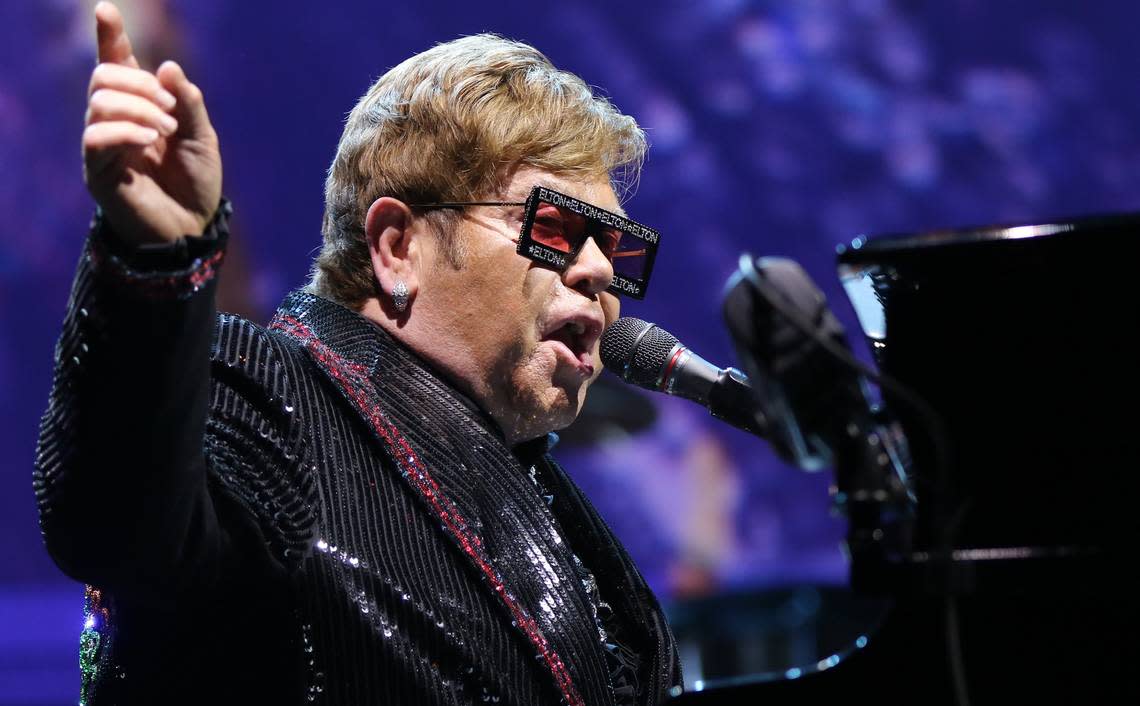
The arena’s versatility
It’s hard to mistake CLA for anything other than a basketball arena. The 11-foot statue of Gamecocks legend A’ja Wilson near its entrance makes its purpose known.
Wilson helped establish the program’s success, as the Columbia native and No. 1 high school recruit in 2014 passed up high-profile offers to stay home. She was instrumental in South Carolina’s first national championship run in 2017.
“I just always remember the whiteouts, the sellout crowds, the big games, big lights,” Wilson told The State. “I love Colonial. Colonial’s home.”
Not far behind Wilson’s statue currently is a hulking, red poster promoting a Reba concert slated for March 2023.
The multipurpose venue is routinely used for different events in the Midlands.
Big-name musicians have come through Columbia in the past 20 years. The likes of Hootie and the Blowfish, Paul McCartney, Elton John, Taylor Swift, Aerosmith, James Taylor, Prince and others have performed at CLA.
Boone recalls being in the building for some of the performances, including a more than three-hour performance from Bruce Springsteen that was “high-energy, nonstop.”
“When you look at the lineup of the shows that we’ve had over the 20 years, there are really very few exceptions of touring artists that didn’t come through here at some point,” Boone said.
Colonial Life Arena hosted WWE Monday Night Raw a handful of times. Sesame Street Live! made an appearance this month. Even The Wiggles performed back in 2008.
USC’s graduations are held in CLA in both May and December. It’s also hosted high school state basketball games in the past.
Kenyon said most events are planned out well in advance. Commencements get planned years before they happen and receive first priority. Basketball games are next in the pecking order, but much of that scheduling is handled by the SEC for in-conference games.
From there, the other events fall in line.
“We don’t lock in any other entertainment or family events, typically, until we get the basketball schedule with a couple of exceptions,” Kenyon said. “The conference allows us to hold or blackout a few dates each year that we can give them from the very beginning and say, ‘OK, we’re not going to be available here.’ But that’s a very limited number.”
Colonial Life Arena was 82nd worldwide with $14.3 million in gross revenue in Pollstar’s 2022 rankings of 200 arenas. The CLA hosted 79 events last year, according to USC.
Hosting basketball games was CLA’s main purpose, but the community has shown appreciation for its function to provide entertainment. Boone, who’s done the booking at CLA since 2012, gave credit to the people of Columbia for the arena’s success with landing events.
“People always ask, ‘What’s the magic potion to booking?’ There’s not one,” Boone said. “We certainly have industry relationships that have been built and that are strong and continue to get stronger.
“But at the end of the day, it’s a business and if the community doesn’t support the events that are coming through here, then the events stop coming.”
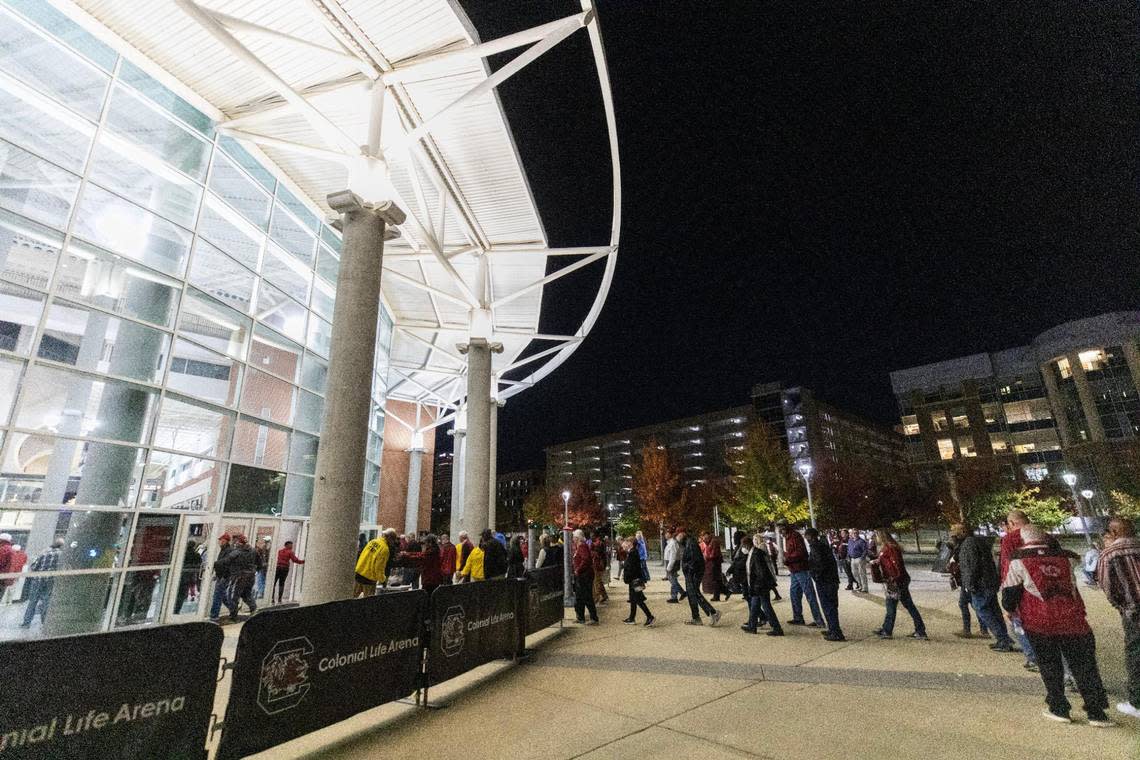
‘Activity breeds activity’
Game days are a spectacle in Columbia.
People walk up to Colonial Life Arena to take selfie after selfie photos with Wilson’s statue outside.
Photos of key men’s and women’s basketball players in USC history are posted throughout the concourse, and both women’s basketball national championship banners hang from the arena rafters along with the men’s 2017 Final Four banner.
Prior to lining up outside the arena, though, some fans’ days have already started.
Kenyon says that CLA helps stimulate economic growth on game days as well. Even for sold-out events, people still turn out to join the “buzz,” he said.
“It is becoming more of a hub,” Kenyon said. “I firmly believe, too, that activity breeds activity.”
Tom Regan, a professor in the department of sport and entertainment at USC, has studied the economic impact that Colonial Life Arena has had on Columbia.
He cited the structures around CLA — like the Columbia Metropolitan Convention Center and surrounding parking garages — as added ways for the city to drive in money.
Consistent with the rest of the country, businesses around the venue took a hit once the pandemic hit in 2020 because the usual activity wasn’t taking place. With the return of CLA events since then, more money comes into the city with people eating at restaurants, paying for parking and shopping in the area.
“Without that venue, you would never have the activity and the spending that occur,” Regan said.
The continued success of the women’s basketball team is maintaining the Gamecocks’ status as the attendance leader in the country. But those who work at the arena are still strategizing ways to increase the crowd size for games.
The video board and ribbon boards were installed in 2017 for $4.2 million. Recently, room was added to make space in the trophy case for the centerpiece of the floor from the women’s basketball team’s most recent national championship run.
But no major additions are immediately on the horizon beyond plans for upkeep to the facility.
“Twenty years is exciting, but that also brings some challenges of some maintenance that needs to be done,” Kenyon said.
Colonial Life Arena has left its imprint on the city of Columbia for the past 20 years.
For Boone, who was around for its opening two decades ago, CLA’s humble beginnings aren’t lost on him.
“There are literally dozens of men and women, managers, leaders across the country that either got their start at the arena, or spend significant time here along their way,” he said. “When we meet up in these different conferences, it’s always fun to get the group together and take pictures and reminisce.”
